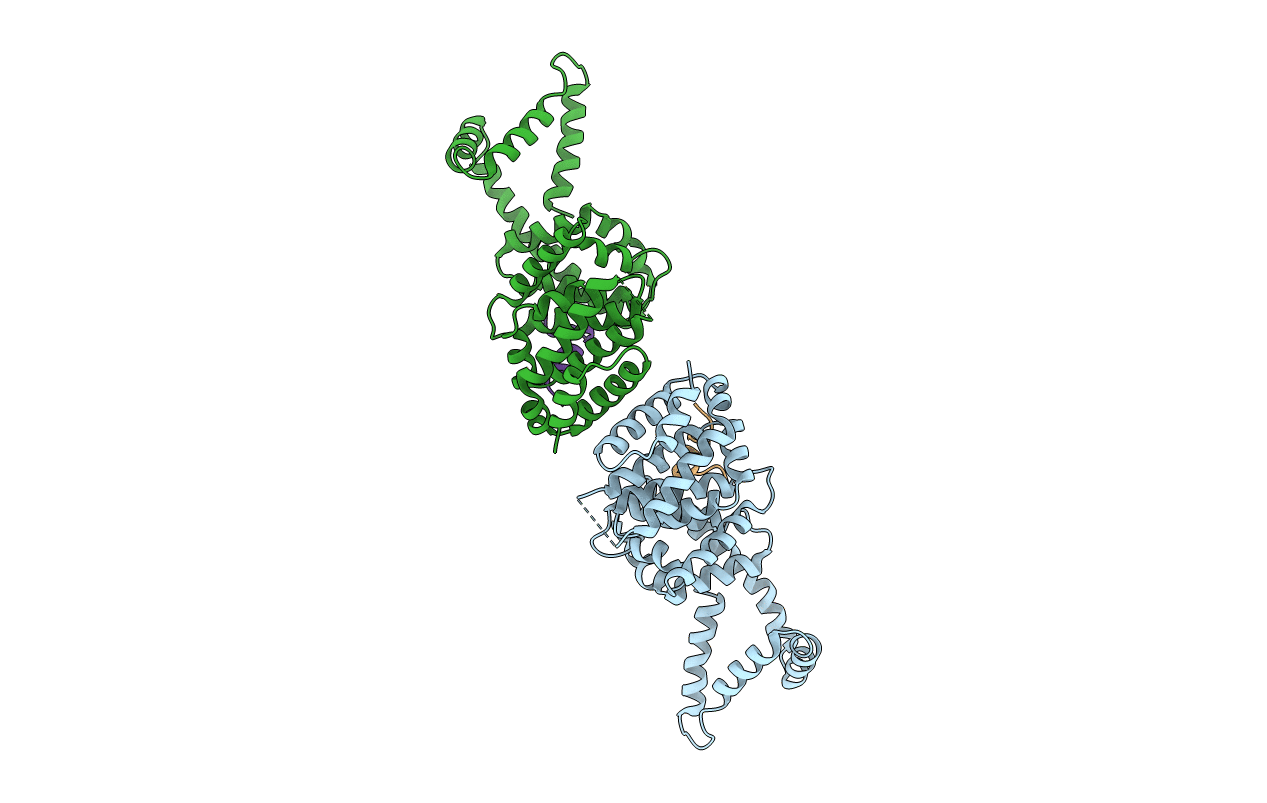
Deposition Date
2005-10-14
Release Date
2006-03-07
Last Version Date
2023-08-23
Entry Detail
PDB ID:
2BAP
Keywords:
Title:
Crystal structure of the N-terminal mDia1 Armadillo Repeat Region and Dimerisation Domain in complex with the mDia1 autoregulatory domain (DAD)
Biological Source:
Source Organism:
Mus musculus (Taxon ID: 10090)
Host Organism:
Method Details:
Experimental Method:
Resolution:
3.30 Å
R-Value Free:
0.36
R-Value Work:
0.28
R-Value Observed:
0.29
Space Group:
P 61 2 2


